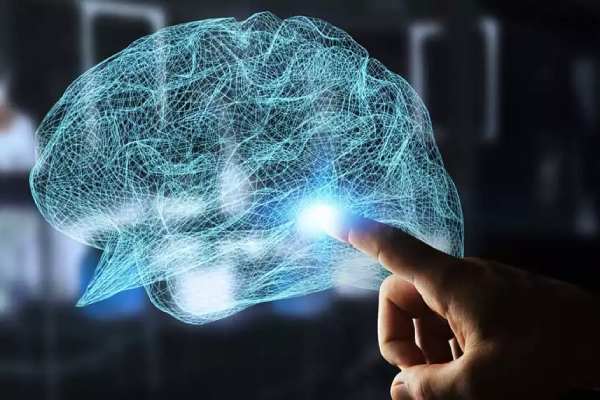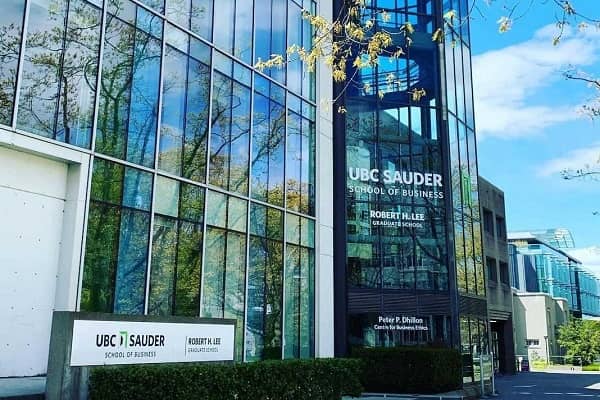Types Of Memory: How Does The Human Brain Store Memories?
What types of memory exist? What we commonly know as memory (remembering something) is usually a general concept, because we often talk about long-term memory.
But there are other types of memory, such as short-term memory and sensory memory, involved in the formation of this most lasting memory.
In fact, through several decades of scientific research, it is known that these different varieties of memory follow different logics and are based on different parts of the brain. Let’s see what its characteristics are.

One memory or many kinds of memory?
If we start to reflect on the capacities of the human being, it is very possible that we will come to the conclusion that our species is characterized by having a good memory.
Every day we learn and memorize things about the environment in which we live: who is the new president of a distant country, where we can find a national park whose photos have surprised us, what is the meaning of a word that we did not know, etc.
Compared with ours, the memory of other animals seems to be dwarfed. After all, they do not have a language from which to memorize complex concepts that refer to elements that they have not seen directly. But … are you sure memory is just that?
After all, many migratory birds memorize the places they have to pass to travel thousands of kilometers each year on their journey from North to South and vice versa. In the same way, salmon memorize the point in a river where they have to spawn and they arrive there, after much effort and having spent a lot of time at sea. Aren’t these examples evidence that there are different types of memory?
The types of memory, summarized
The different types of memory have their particular way of working, but they all cooperate in the memorization process. Memory helps us to adapt to the environment and makes us to define who we are; our identity. Without it we would be unable to learn, nor would we be able to make sense of our surroundings or ourselves.
On the other hand, the information that “archives” the memory is not stored without being altered; it is constantly changing, even if we are not aware of it. However, the contents that we memorize are altered through somewhat different mental processes, in the same way that they are assimilated and internalized by the brain in different ways.
But what types of memory are there? What are the phases of memory? We will now answer these questions and explain how human memory works and how it allows us to remember events, data, experiences and emotions that we have lived in the past.
Early research on memory
The first research on memory originated in the studies of Hermann Ebbinghaus, a German psychologist who at the end of the 19th century tried to decipher the fundamental laws of memory by studying nonsense syllables.
Ebbinghaus’s theory of memory
One of his most outstanding achievements was the demonstration that higher mental functions could be scientifically studied in the laboratory. He also concluded that there was a “forgetting curve”, which shows the deterioration of memory with the passage of time from the moment of learning. In addition, he formulated a theoretical model in which he defended that the memory mechanism requires repetition so that the data that we remember are associated with each other.
Bartlett takes the study of memory out of the laboratory
Ebbinghaus managed to get his approach used for many decades, which was called “the verbal learning tradition”, but in 1932 Sir Frederick Barlett began his studies on the functioning of memory in natural environments (Ebbinghaus carried out his studies on memory in the laboratory), giving rise to a new paradigm. Bartlett, instead of using nonsense syllables, used stories and introduced schema theory to his research to explain its influence on memories.
In addition, he proposed that human beings remember through a general impression with some details and that from such components they build a version considered to be close to the original; memory works with schematics, not with faithful replicas. Although he was criticized for his lack of methodological and statistical rigor, he stands out for his adherence to the constructivist theory of memory and for his contributions on the cultural formation of memory.
Miller and the current paradigm on how we store memories
Two decades later, in 1956, George Miller showed that people can retain 5 to 7 items at a time in short-term memory. These elements can be a simple letter, a number, a word or an idea.
At present, there is a certain consensus in cognitive psychology when affirming that a person interprets information thanks to their previous knowledge, and thus builds their memories.
That is why it is important to note that not all the events experienced are stored, since there is a selection of relevant events, and what is not of interest is eliminated. Furthermore, the events experienced undergo a process of structuring and interpretation and, therefore, what is remembered is a perceived reality.
Experts in the study of memory agree that not only the cerebral cortex is involved in the memory process, but other areas of the brain also participate in this process, for example the limbic system.
The left hemisphere has also been shown to process verbal information, and the right, visual. The ability to retain words is less than that of remembering images.
Phases of memory: encryption, storage and retrieval
As Brenda Milner demonstrated after her research with patients with memory disorders, memory is not located in a specific place in the brain but consists of several systems that allow what are known as the three phases of memory: encoding, storage and recovery.
- The coding is the process in which the information to be stored is prepared. In this first phase of memory, concentration, attention and motivation of the individual are very important.
- The storage is to retain data in memory for later use.
- The recovery allows us to find the information when we need it, that is, remember.
Classification and types of memory
There are different types of memory, and William James (1890) was a pioneer in formulating the distinction between these, as he concluded that primary memory and secondary memory existed.
Later the so-called multistore theory of Richard Atkinson and Richard Shiffrin appeared, which understands that information goes through different memory stores as it is processed. According to this theory, we have three different types of memory: sensory memory, short-term memory (STM) and long-term memory (LTM). James’s primary and secondary memoirs would refer to the MCP and MLP respectively.
Sensory memory
The sensory memory, which comes to us through the senses, is a very short memory (lasts between 200 and 300 milliseconds) and immediately disappears or is transmitted to the short – term memory.
The mnesic information remains the time necessary for it to be selectively attended and identified in order to be able to process it later. Thus, its usefulness has to do with the here and now, everything that happens in the present moment and to what you have to react in real-time. The information can be visual (iconic), auditory (echoic), olfactory, etc.
Short term memory
When information has been selected and attended to in sensory memory, it goes to short-term memory, also called operative memory or working memory. Its capacity is limited (7 + -2 elements), and it performs two functions. On the one hand, it keeps information in mind, such information not being present.
On the other hand, it can manipulate that information allowing it to intervene in other higher cognitive processes, and therefore, it is not a mere “memory drawer”.
Baddeley and Hitch, in 1974, instead of calling it “short-term memory”, called it working memory because of its functional importance in cognitive processing, since it allows the fulfillment of cognitive tasks such as reasoning, understanding and problem-solving.
Through this concept, the idea that long-term memory depends on short-term memory is abandoned, and this type of memory is fragmented into four subcomponents:
- Phonological loop: it is a specialized system that operates with verbal information, and allows maintaining internal speech that is involved in short-term memory. The phonological loop would intervene in reading or learning a telephone number.
- Visuospatial agenda: operates in a similar way to the phonological loop, but its function is the active maintenance of information, but in this case with a visuospatial image format. The visuospatial agenda would intervene, for example, or in the learning of an itinerary.
- Episodic warehouse: This system integrates information from a variety of sources so that a multimodal (visual, spatial and verbal) and temporal representation of the current situation is created.
- Executive system: Its function is the control and regulation of the entire operating memory system.
Long term memory
The long – term memory can store information permanently and can be classified into implicit and explicit memory.
Implicit memory
The implicit memory (also called procedural) is stored unconsciously. It is involved in the learning of various skills and is activated automatically. Riding a bike or driving a car would not be possible without this kind of memory.
Read Also: The Importance of Saharan Dust to Earth
Explicit memory
The explicit or declarative memory is associated with consciousness or, at the least, to conscious perception. It includes objective knowledge of people, places, and things and what that means. Therefore, two types are distinguished: semantic and episodic memory.
- Semantic memory: It refers to the mnestic information that we have accumulated throughout our lives. They are the knowledge about the outside world (historical, geographical or scientific) the names of people and things, and their meaning, that we have been learning throughout our lives. This type of memory is necessary for the use of language. Knowing that Madrid is the capital of Spain is an example of this type of memory.
- Episodic memory: It is the autobiographical memory that allows you to remember specific events or personal experiences, such as the first day of school, the birthday of 18 years or the first day of university.


![The 20 Best Universities In Europe [Ranking]](https://naijaxtreme.com/wp-content/uploads/2023/03/best-universities-in-europe-img_11272-min.jpg)




